The Best Ideas from COP30, the UN Climate Summit in Brazil – 18 December 2025
The Clean Coalition was a partner organization for this webinar, which took place on 18 December 2025 at 10am.
Read More
The Clean Coalition is reviewing a number of Community Microgrid configurations that incorporate combinations of these factors:
The basic configurations — more details, including diagrams to illustrate the configurations, follow below:



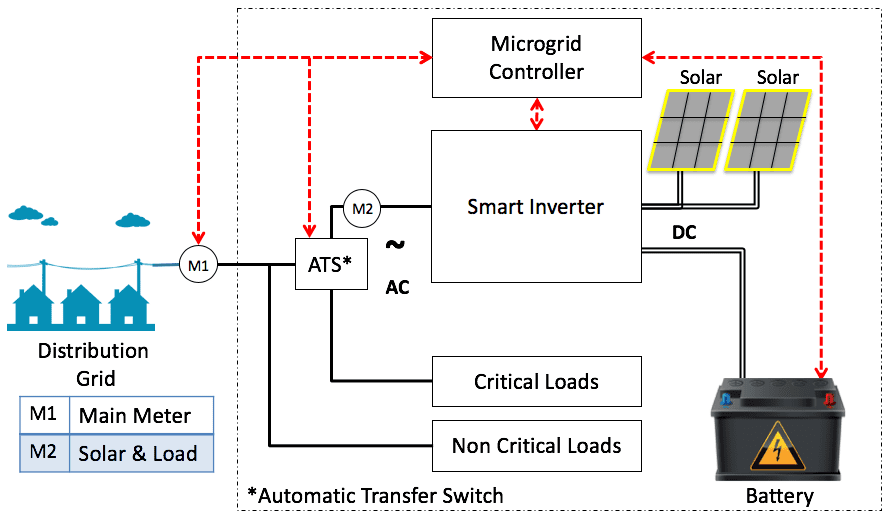
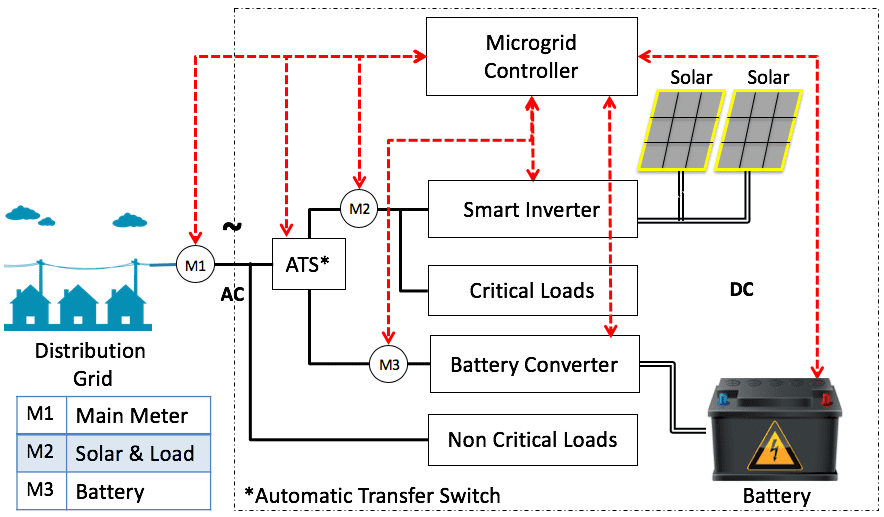

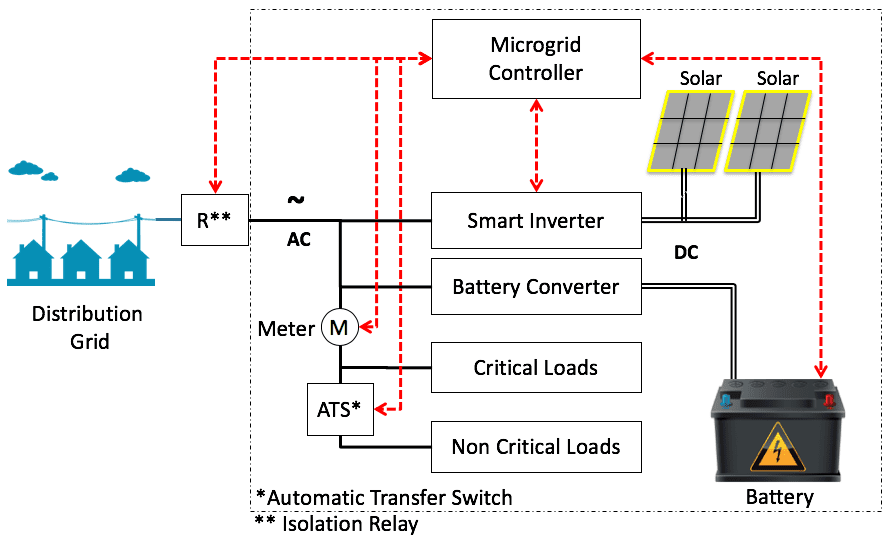
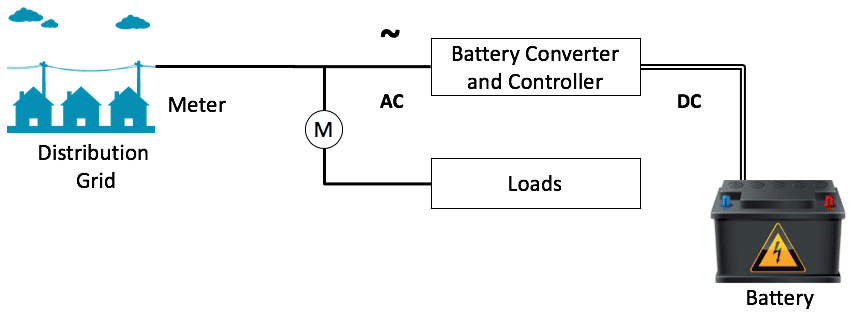
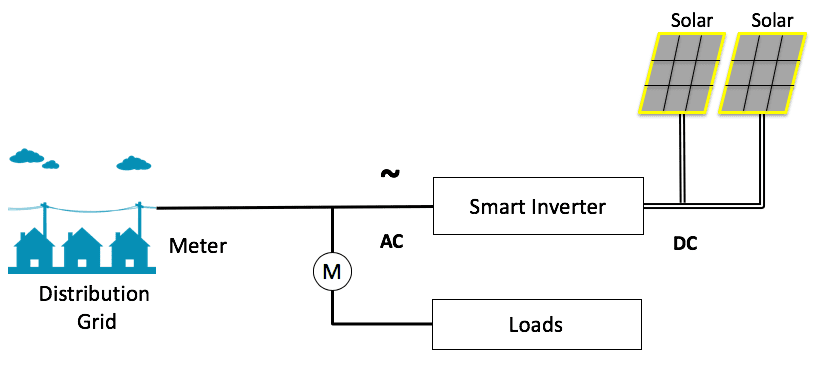
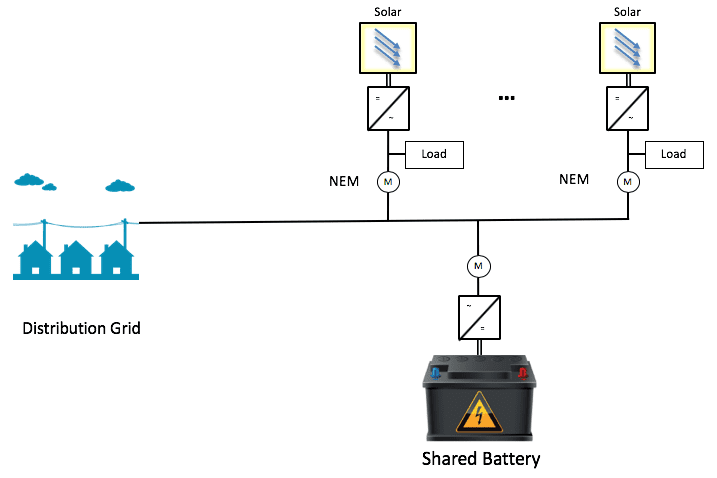
Policies and market mechanisms to support these configurations
Community Microgrid deployments face a number of policy and market barriers. We’re working to optimize the significant economic, environmental, and resilience benefits of Community Microgrids, to truly unleash these important clean energy delpoyments.
The latest in clean local energy
Learn about our innovative projects and initiatives on our blog, and see what others are reporting about our important work.
The Clean Coalition was a partner organization for this webinar, which took place on 18 December 2025 at 10am.
Read MoreThis podcast episode of Energy Central's "Power Perspectives" welcomes Craig Lewis, Founder and Executive Director of the Clean Coalition, to explore how local solar and storage can flatten the duck curve, cut costs, and build a more resilient grid.
Read MoreThe Clean Coalition presented during this in-person gathering, held on Friday, 5 December 2025 from 3:30–5:00 pm PST at CEC’s Environmental Hub, 1219 State St Suite A, Santa Barbara, CA 93101.
Read More